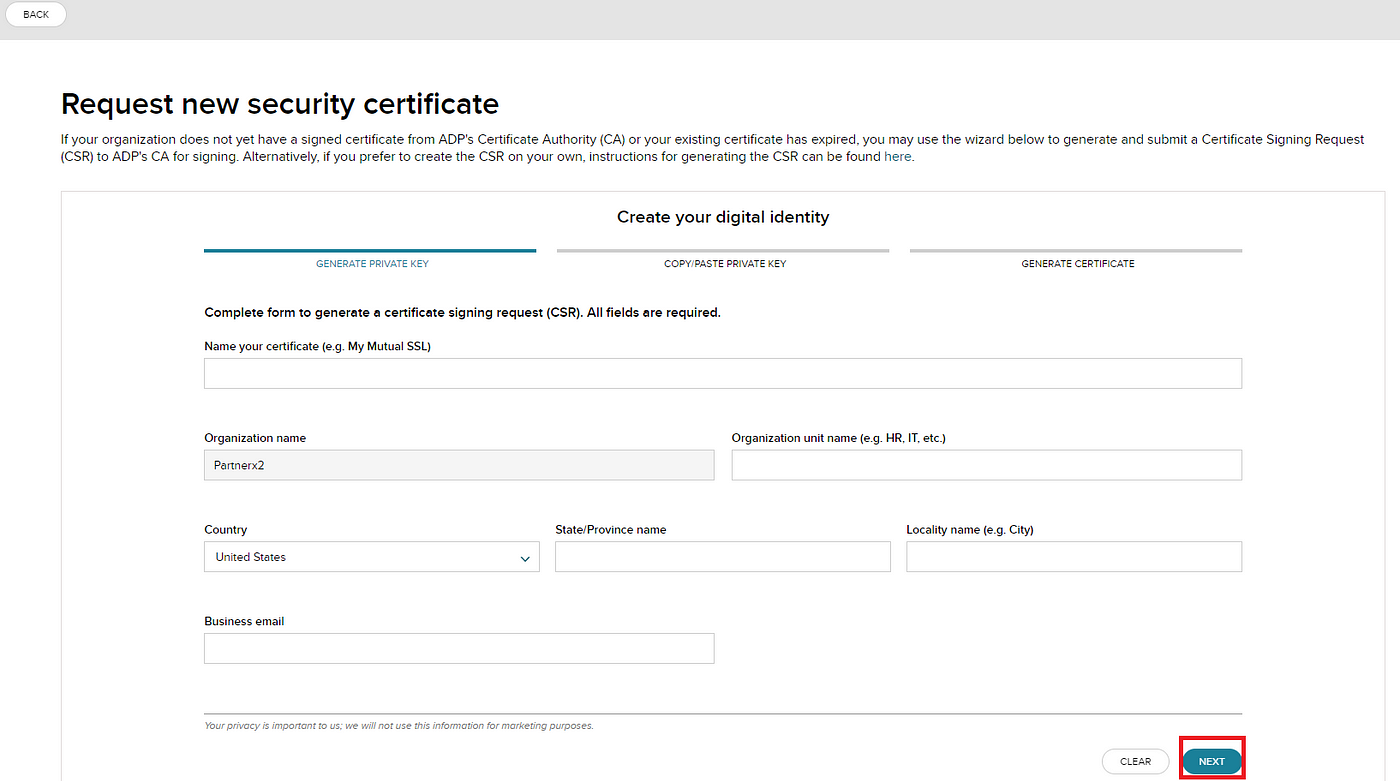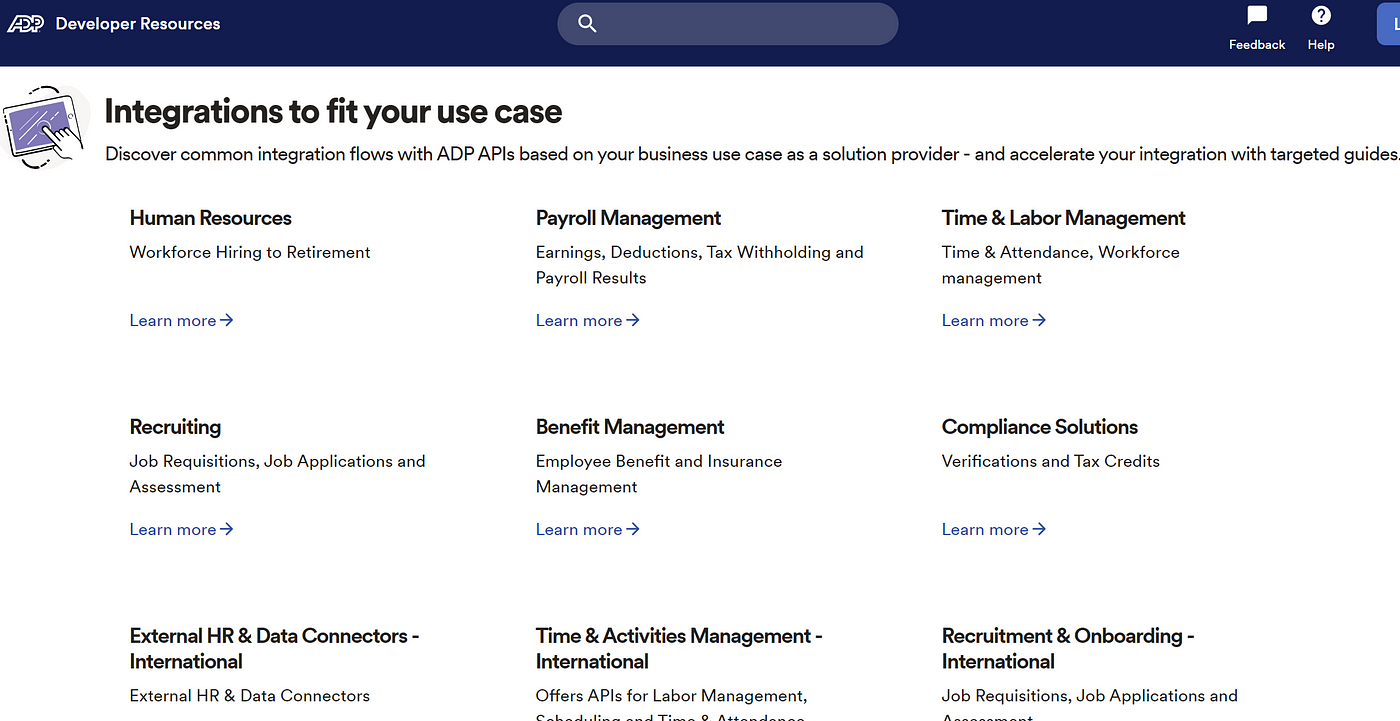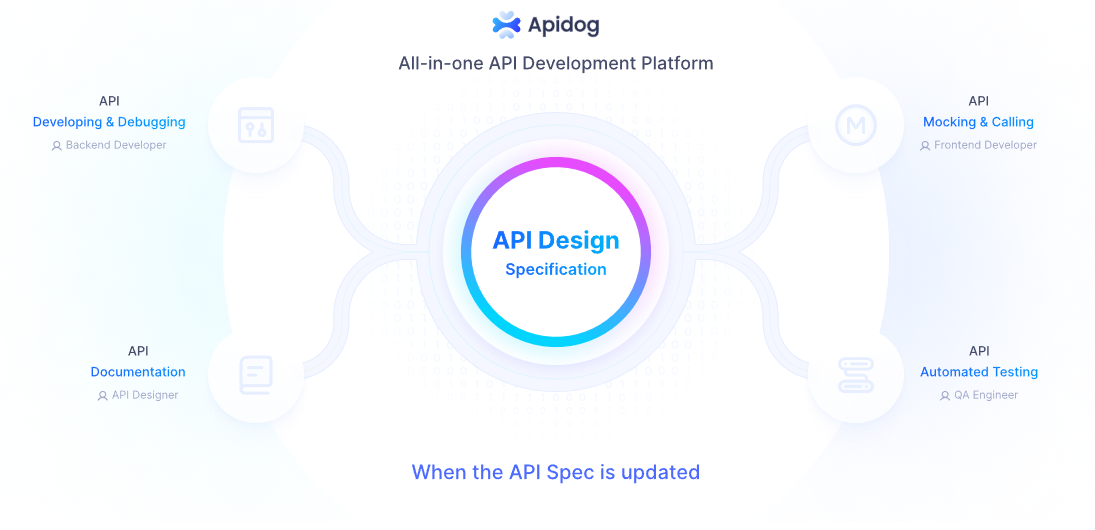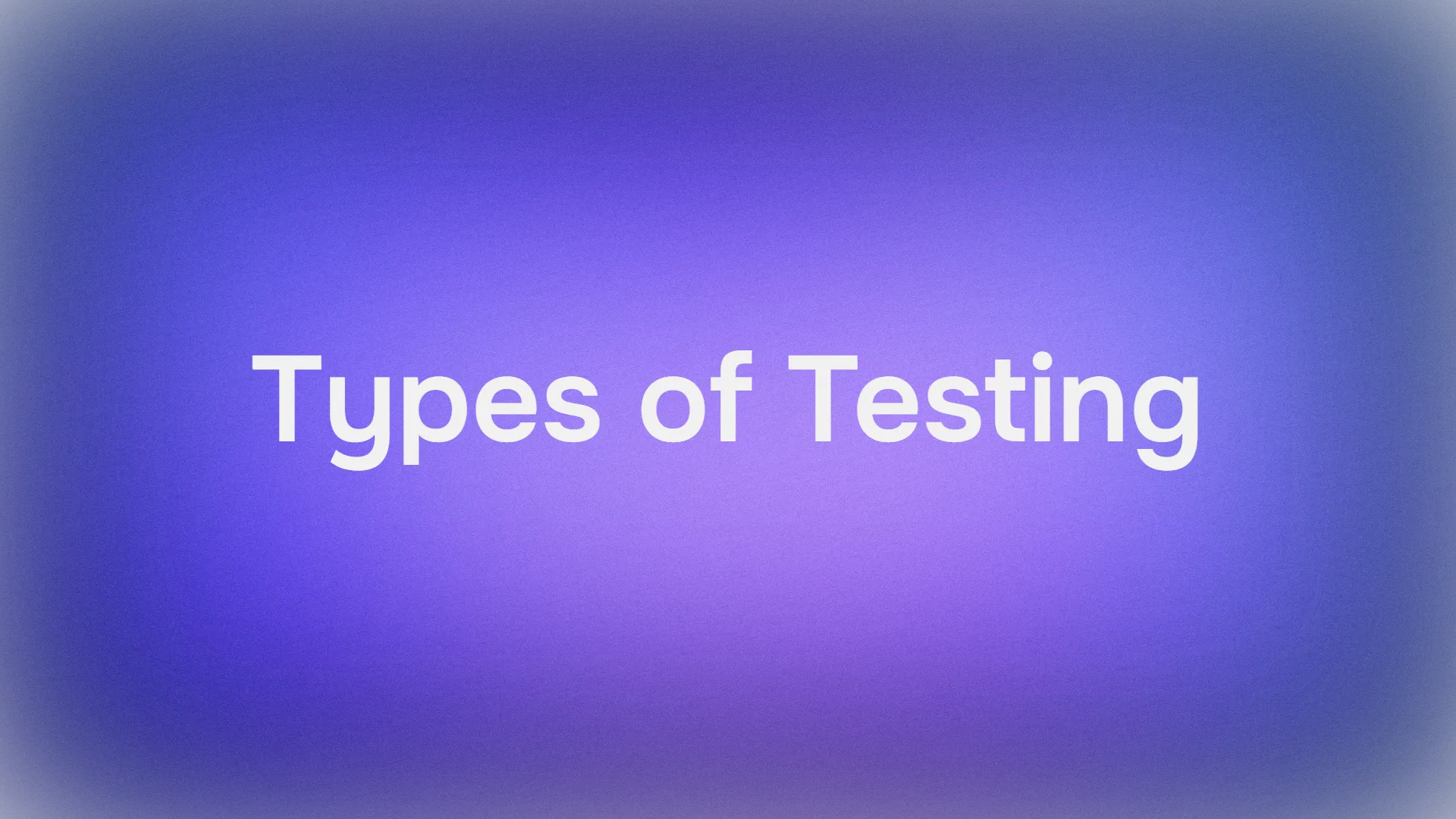Businesses are constantly seeking ways to streamline their operations and improve efficiency. One area where this is particularly crucial is in payroll and human resources management. ADP, a leader in providing human capital management solutions, offers a powerful API that allows developers to integrate ADP’s robust payroll and HR data into their own applications. In this comprehensive guide, we’ll explore how the ADP API works, its key features, and how you can leverage it to enhance your business processes. Additionally, we’ll discuss how tools like Apidog can simplify your API development and testing workflow.
What Do we Know About the ADP API
The ADP API is a set of RESTful web services that provide access to various ADP products and services. It allows developers to securely access and manipulate data related to payroll, time and attendance, benefits, and other HR functions. By leveraging this API, businesses can create custom integrations that automate processes, reduce manual data entry, and improve overall efficiency.
Features of ADP API
- Data Access: The API provides access to a wide range of HR and payroll data, including employee information, pay data, time and attendance records, and benefits information.
- Real-time Updates: With the ADP API, you can receive real-time updates on employee data changes, ensuring that your systems are always up-to-date.
- Secure Authentication: ADP uses OAuth 2.0 for authentication, ensuring that all data transfers are secure and compliant with industry standards.
- Scalability: The API is designed to handle large volumes of data, making it suitable for businesses of all sizes.
- Comprehensive Documentation: ADP provides extensive documentation and support resources to help developers integrate the API effectively.
How the ADP API Works
To understand how the ADP API works, let’s break down the process into several key steps:
1. Registration and Authentication
Before you can start using the ADP API, you need to register as a developer and obtain the necessary credentials. Here’s how:
- Visit the ADP Developer Portal and create an account.
- Once registered, you’ll need to create an application in the portal. This application represents your integration with ADP.
- After creating your application, you’ll receive a Client ID and Client Secret. These are crucial for authenticating your API requests.

The ADP API uses OAuth 2.0 for authentication. This involves obtaining an access token that you’ll include with each API request. The process typically looks like this:
- Your application requests an authorization code from ADP’s authorization server.
- The user is prompted to log in and grant permission to your application.
- If successful, the authorization server returns an authorization code.
- Your application exchanges this code for an access token.
- You can now use this access token to make authenticated API requests.
2. Making API Requests
Once you have your access token, you can start making requests to the ADP API. The API follows RESTful principles, which means you’ll be using standard HTTP methods like GET, POST, PUT, and DELETE to interact with resources.
Here’s a basic example of what an API request might look like:

This request would retrieve a list of workers from the HR system.
3. Handling Responses
The ADP API returns responses in JSON format. A typical response might look something like this:

Your application would then parse this JSON response and use the data as needed.
4. Error Handling
The ADP API uses standard HTTP status codes to indicate the success or failure of an API request. For example:
- 200 OK: The request was successful.
- 400 Bad Request: There was an error in your request.
- 401 Unauthorized: Your access token is invalid or has expired.
- 403 Forbidden: You don’t have permission to access the requested resource.
- 404 Not Found: The requested resource doesn’t exist.
In addition to status codes, the API also provides detailed error messages in the response body to help you troubleshoot issues.
Key Endpoints in the ADP API
The ADP API offers a wide range of endpoints to access different types of data. Here are some of the most commonly used endpoints like Worker Information, Payroll Data, Time and Attendance, Benefits.

Best Practices for Using the ADP API
To make the most of the ADP API and ensure smooth integration, consider the following best practices:
- Use Pagination: When retrieving large sets of data, use pagination to improve performance and avoid timeouts.
- Implement Rate Limiting: ADP imposes rate limits on API requests. Implement proper rate limiting in your application to avoid hitting these limits.
- Handle Errors Gracefully: Always include error handling in your API interactions. Parse error messages returned by the API to provide meaningful feedback to users.
- Keep Access Tokens Secure: Never expose your access tokens in client-side code or public repositories.
- Use Webhooks for Real-time Updates: Instead of constantly polling the API for changes, use ADP’s webhook functionality to receive real-time notifications.
- Validate Data: Before sending data to the ADP API, validate it to ensure it meets the required format and business rules.
- Stay Updated: Regularly check ADP’s developer documentation for updates to the API and new features.
Common Use Cases for the ADP API
The ADP API can be used in various scenarios to streamline HR and payroll processes. Here are some common use cases:
- Employee Onboarding: Automate the process of creating new employee records in your systems when they’re added to ADP.
- Payroll Synchronization: Keep your internal systems in sync with ADP’s payroll data, ensuring accurate financial reporting.
- Time and Attendance Integration: Integrate ADP’s time and attendance data with your project management or billing systems.
- Benefits Management: Automate the process of enrolling employees in benefits programs and keeping this information up-to-date across systems.
- Reporting and Analytics: Pull data from ADP into your business intelligence tools for comprehensive HR and payroll reporting.
- Mobile Apps: Develop mobile applications that allow employees to access their pay information, submit time-off requests, or view benefits information.
ADP API Integration Enhanced with Apidog
The ADP API provides powerful capabilities, managing and testing API integrations can be complex. This is where tools like Apidog can significantly streamline your development process.
Apidog is a comprehensive API development platform that offers a range of features to simplify working with APIs like ADP’s:
- API Design and Documentation: Easily design and document your ADP API integrations, ensuring clear communication between team members and stakeholders.
- Automated Testing: Create and run automated tests for your ADP API endpoints, ensuring reliability and consistency in your integrations.
- Mock Servers: Use Apidog’s mock server functionality to simulate ADP API responses during development, allowing you to progress even when you don’t have immediate access to the live ADP environment.
- Environment Management: Manage different environments (e.g., development, staging, production) for your ADP API credentials within Apidog, making it easy to switch between them during development and testing.
- Collaboration Tools: Share your ADP API designs and test results with team members, fostering better collaboration in your integration projects.
- Performance Monitoring: Monitor the performance of your ADP API integrations, helping you identify and resolve issues quickly.
- Security Testing: Implement security tests for your ADP API integrations, ensuring that your implementations adhere to best practices and don’t introduce vulnerabilities.

By leveraging Apidog alongside the ADP API, you can significantly streamline your development process, improve collaboration, and ensure the reliability of your integrations.
Conclusion
The ADP API offers a powerful way to integrate payroll and HR data into your business applications, streamlining processes and improving efficiency. By understanding how the API works and following best practices, you can create robust integrations that enhance your HR and payroll operations.
Remember that while the ADP API provides the data and functionality, tools like Apidog can greatly simplify the process of designing, testing, and managing your API integrations. By combining the power of the ADP API with the comprehensive features of Apidog, you can create more reliable, efficient, and scalable HR and payroll integrations.
As you embark on your journey with the ADP API, keep exploring its capabilities, stay updated with the latest features, and don’t hesitate to leverage tools like Apidog to enhance your development workflow. With the right approach and tools, you can unlock the full potential of ADP’s data and create innovative solutions that drive your business forward.



